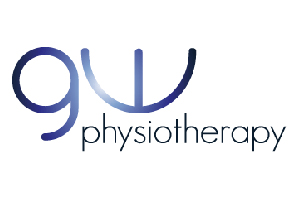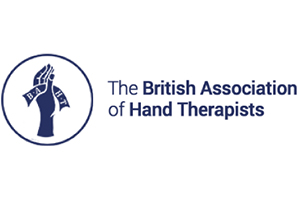The information outlined below on common conditions and treatments of the wrist is provided as a guide only and it is not intended to be comprehensive. Discussion with a member of our surgical team is important to answer any questions that you may have.
For information about any additional conditions not featured within the site, please contact us for more information.
Read More About the Diagnosis and Treatment of Wrist Fractures here.
A scaphoid non-union fracture refers to a wrist fracture that is failing to heal. A fracture that is healing more slowly than expected is a “delayed union” fracture. The scaphoid is one of the eight small bones in the wrist. These small bones are arranged into two rows. During normal wrist motion, the wrist bones move together to allow the wrist to achieve many positions that we take for granted. The scaphoid spans these two rows; in a way, it “directs” the motion of the other small bones.
Read More About the Diagnosis and Treatment of Scaphoid Non-union fractures here.
Read More About the Diagnosis and Treatment of Carpal Tunnel Syndrome here.
Read More About the Diagnosis and Treatment of Ganglia here.
Arthritis involves inflammation of one or more of your joints. Pain and stiffness are common symptoms of arthritis, and when these occur in your wrist, simple daily activities can become more difficult. There are many types of arthritis, and most of these can affect the wrist. Although the severity of symptoms related to arthritis can vary, most arthritis-related diseases are chronic. This means that they are long-lasting—even permanent—and can eventually cause serious joint damage.
Read More About the Diagnosis and Treatment of Arthritis of the wrist here.
Read More About the Diagnosis and Treatment of Kienbock’s disease here.
Read More About the Diagnosis and Treatment of Scapholunate Ligament injuries here.
Read More About the Diagnosis and Treatment of De Quervain’s syndrome here.
Read More About the Diagnosis and Treatment of TFCC Injuries here.
Discussion with a member of our surgical team is important to answer any questions that you may have. For information about any additional conditions not featured within the site, please contact us for more information.




